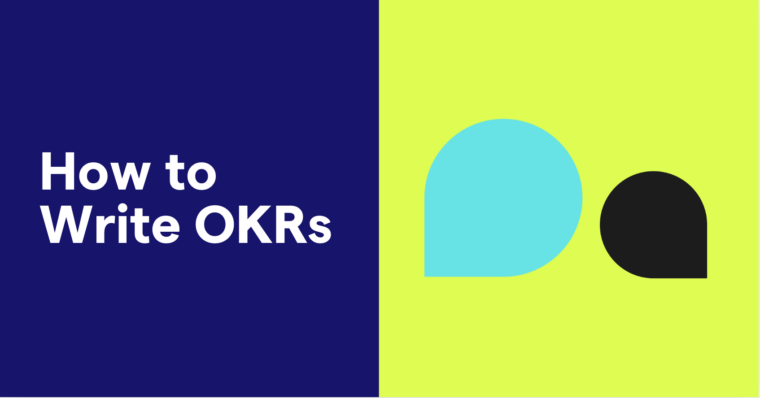
“I don’t get it.”
No one likes to say those words for fear of sounding slow on the uptake. And yet, we all have times in our personal and professional lives when we don’t thoroughly understand what someone else is trying to tell us. How do you ask for clarification?
Tips for asking for clarification
Some time in your elementary school life, you may have had a teacher who said, “The only stupid question is the one you don’t ask.” That stock teacher phrase couldn’t make things any clearer—it’s okay to ask for an explanation if you don’t understand. In fact, guessing and getting it wrong is more likely to cause problems than politely asking for more info. Asking for clarification shows that you’re attentive and that you care enough to make sure you thoroughly understand what you’ve been told.
There are a few simple steps to follow when you’re looking for further explanation.
- Admit you need clarification. Admitting you need more information makes the next step much easier for the person you ask. Don’t be vague, simply state that you don’t understand.
- Don’t blame the other person. Own your confusion. Don’t say anything that sounds accusatory. You’ll get a much better response from, “Would you explain that to me again?” than “That was as clear as mud!”
- Summarize. If the conversation has been a lengthy or complex one, it can be helpful to give the other person a summary of what’s taken place up to this point.
- Be specific. If there’s a specific thing that’s unclear to you, name it. Don’t make the other person flail around trying to figure out what you do understand and what you don’t..
Examples of Asking for Clarification
There are all kinds of situations where you might need to ask clarifying questions. Let’s take a look at some common cases that can come up in our work and personal lives and consider the best ways to respond.
When You Don’t Understand Instructions
If the instructions someone sends you are about as clear as furniture assembly instructions written in something other than your native language, you’ll need to ask for help.
When someone asks you to re-explain a complicated task, your first inclination is probably to say, “Wait, what? You want me to explain the whole thing all over again?” This dynamic can create a frustrating feedback loop for both parties. To avoid that loop, start by explaining what you do understand and ask whether you have it right.
Thanks for sending over your directions for implementing the new website copy. I’m not quite clear on a few things and I want to make sure we’re on the same page.
If I understand you correctly, you want Carolyn to add her SEO changes to the documents marked PENDING in the Google Drive. She should leave her changes as suggestions. Then Mark will make the copy changes and move the documents to a drive folder marked FINAL. Is that right?
I’m not sure when you’d like me to start adding the copy to the development website. Should I begin with each page Mark adds to the FINAL folder, or do you want me to wait until the SEO changes are complete and you’d had a chance to go over everything?
I appreciate your help. It will keep everything flowing smoothly with the new website launch.
Thanks,
Lucy
When You Want a Better Understanding of Someone’s Position
Sometimes we need clarification when we want to get a better handle on where others are coming from. Asking clarifying questions shows that you’re actively listening and want to understand.
The best questions are open-ended. They allow the person to expand on the topic rather than giving a simple yes or no response.
Closed Question: So, you felt Bob’s approach was too disruptive?
Open Question: What was it about Bob’s approach that seemed disruptive to you?
Closed Question: Did you always feel that it was a challenge working with him?
Open Question: When did you first notice that it was a challenge working with him?
Closed Question: Will you be an asset to the company if we hire you?
Open Question: How will you be an asset to the company if we hire you?
Closed Question: Was this experience what you expected?
Open Question: What were you expecting to experience?
Clarity is the key to effective communication. Conversations, email dialogues, and even text messages progress best when everyone has the same understanding.






